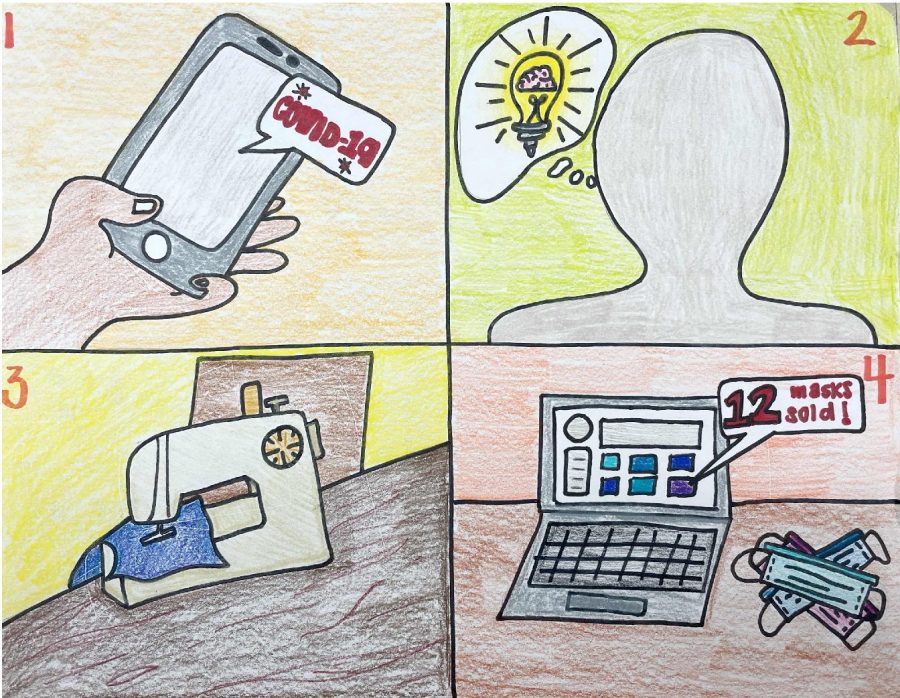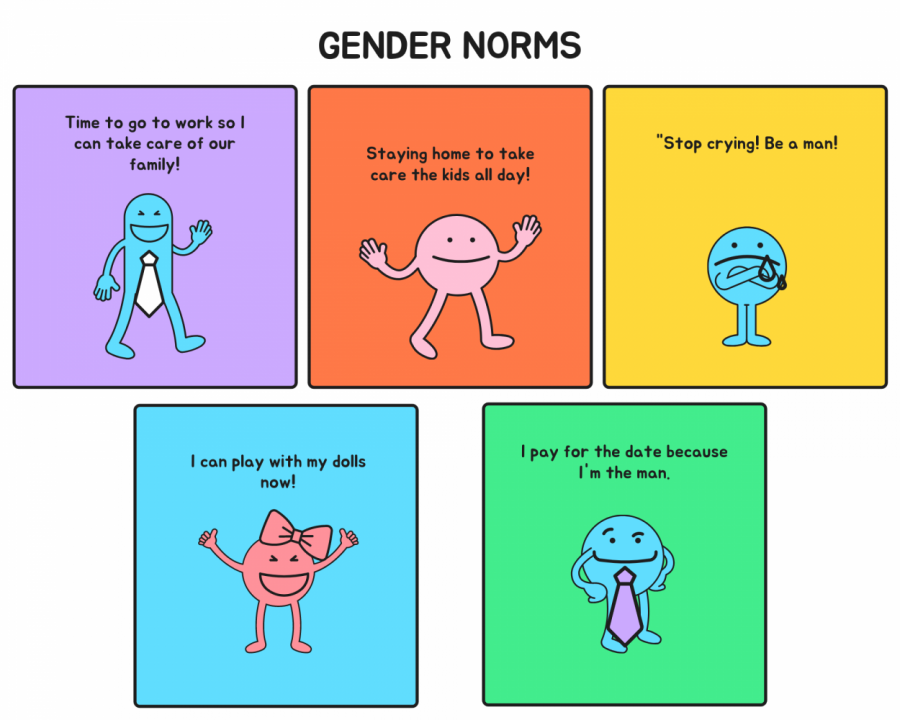Teens who hurt themselves often try to keep it secret from family and friends. Recognizing signs of self-harm is important to ensure loved ones are not harming themselves.
The more obvious signs are unexplainable cuts, bruises or burns. The wounds are usually located near wrists, arms, thighs and chests. These areas are easy to hide with clothing. When teens choose to wear clothing that covers these areas, especially in hot weather, it may be a sign that they are hiding something.
Other signs include changes in eating habits, being secretive about eating, low self-esteem, hair loss, alcohol or drug use, and constant blaming of themselves for all problems.
Some less obvious signs include teens who constantly want to be alone, claim they have frequent “accidents,” perform poorly at school or work, sit with objects covering their legs, wearing a lot of bracelets or rubber bands on their wrists and keeping sharp objects on hand.
An anonymous freshman said, “I used to cut myself but not on my wrists. I used to cut my upper thigh. I rarely go to the beach, wear shorts or seem unhappy so no one suspected that I was harming myself. No one saw the scars so I kept hurting myself.”
According to the book, “Bodily Harm,” author Karen Conterio said, “Many of the people I have studied were perfectionists and overachievers. The self-injury begins as a defense against what’s going on in their family and in their lives. They have in some way failed in one area of their lives, so this is a way to get control.”
The freshman said, “My life was being dictated by everyone around me. Everyone wanted me to be someone I’m not.”
People who often harm themselves are the ones least expected to. People self-injure to distract themselves or regain control over their minds when experiencing pressure and unavoidable and overwhelming feelings or thoughts.
The intent of self-injury is not to kill oneself, but some forms of self-inflicted pain are dangerous. If teens are hurting themselves, they need medical attention because self-injury is a psychiatric disorder which demands professional treatment.
High school counselor Amy Young said, “I have come across a handful of self-harming students. Usually, my strategy is to break their protective shield and get to the root of their problem. Talking it out usually helps them to let go of some anger and lead them to the road to recovery.”
If there is someone who is potentially hurting herself or is struggling with self-injury addiction, there are solutions. Many hotlines and groups are open 24 hours a day, seven days a week with answers about self-injury treatment and addiction.
Concerned family and friends can call Self Abuse Finally Ends (SAFE) Alternatives Program at 1-800-366-8288 for more information or visit their web site at www.selfinjury.com.






























Fria • Apr 18, 2013 at 8:28 am
This article is very informative and should be read by all. I agree that the signs of self-harm differ from person to person but there is a common sign. those who harm themselves deny the fact that they are. this article was good reading.
Briyanna Vitug • Mar 21, 2013 at 9:25 am
I think this was a very effective article that raised awareness for self harm. It makes you think twice about what you do/say to people. Everyone is going through a struggle.
Briyanna Vitug • Mar 21, 2013 at 9:23 am
I think this was a very effective article. I think it was important to write about this topic and it raises awareness to everyone. It makes you think twice about what you do or say to people. Everyone is going through a struggle.
Anonymous • Mar 8, 2013 at 11:06 am
I was quite pleased to find this web-site. I wanted to thanks for your time for this splendid read!! I absolutely enjoying every single small bit of it and I’ve you bookmarked to take a look at new stuff you weblog post.
Paige Mattos • Mar 5, 2013 at 9:01 am
I am going to disagree and agree because I think that the signs of self harming can differ depending on the reason for them to harm themselves.